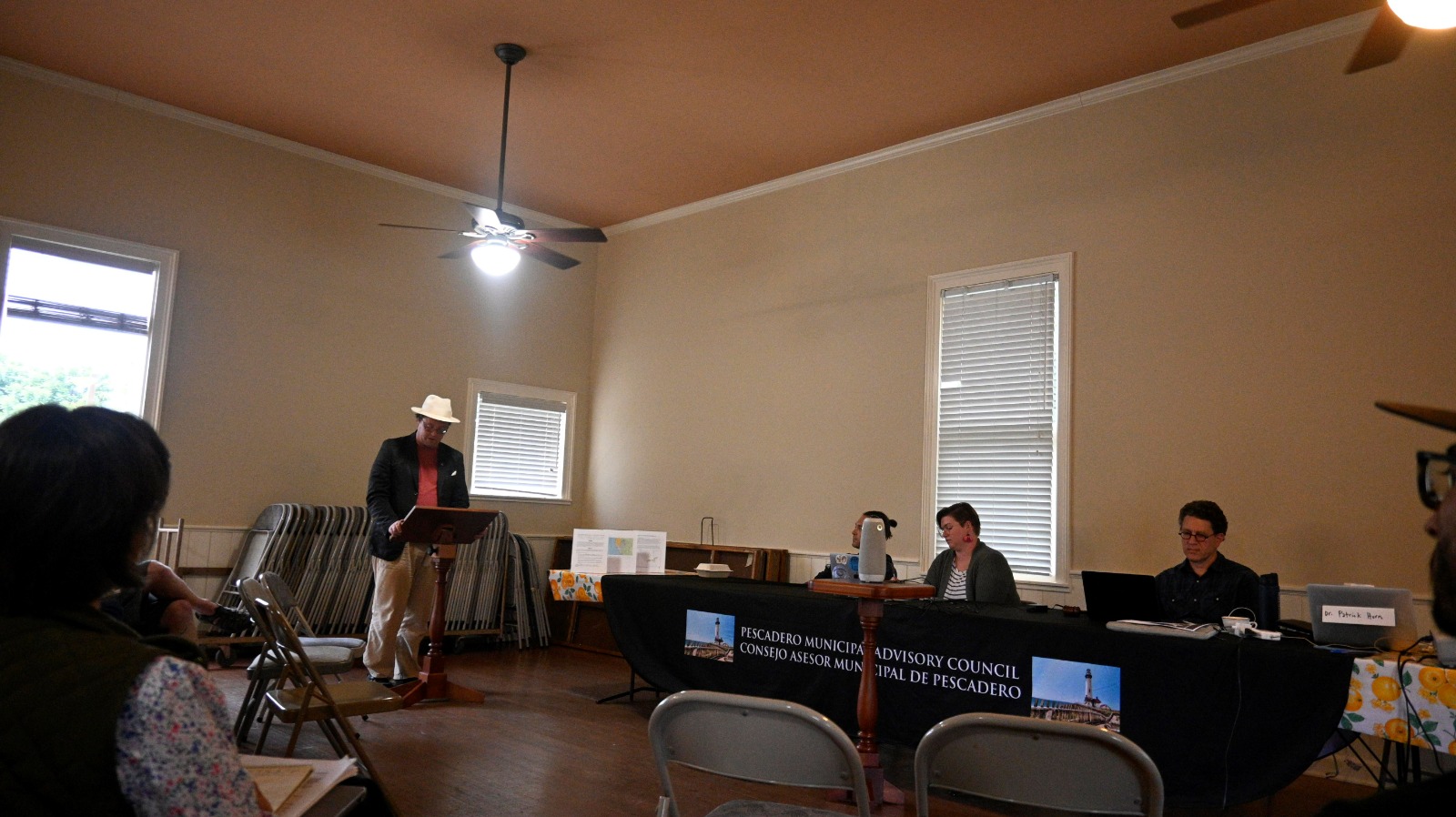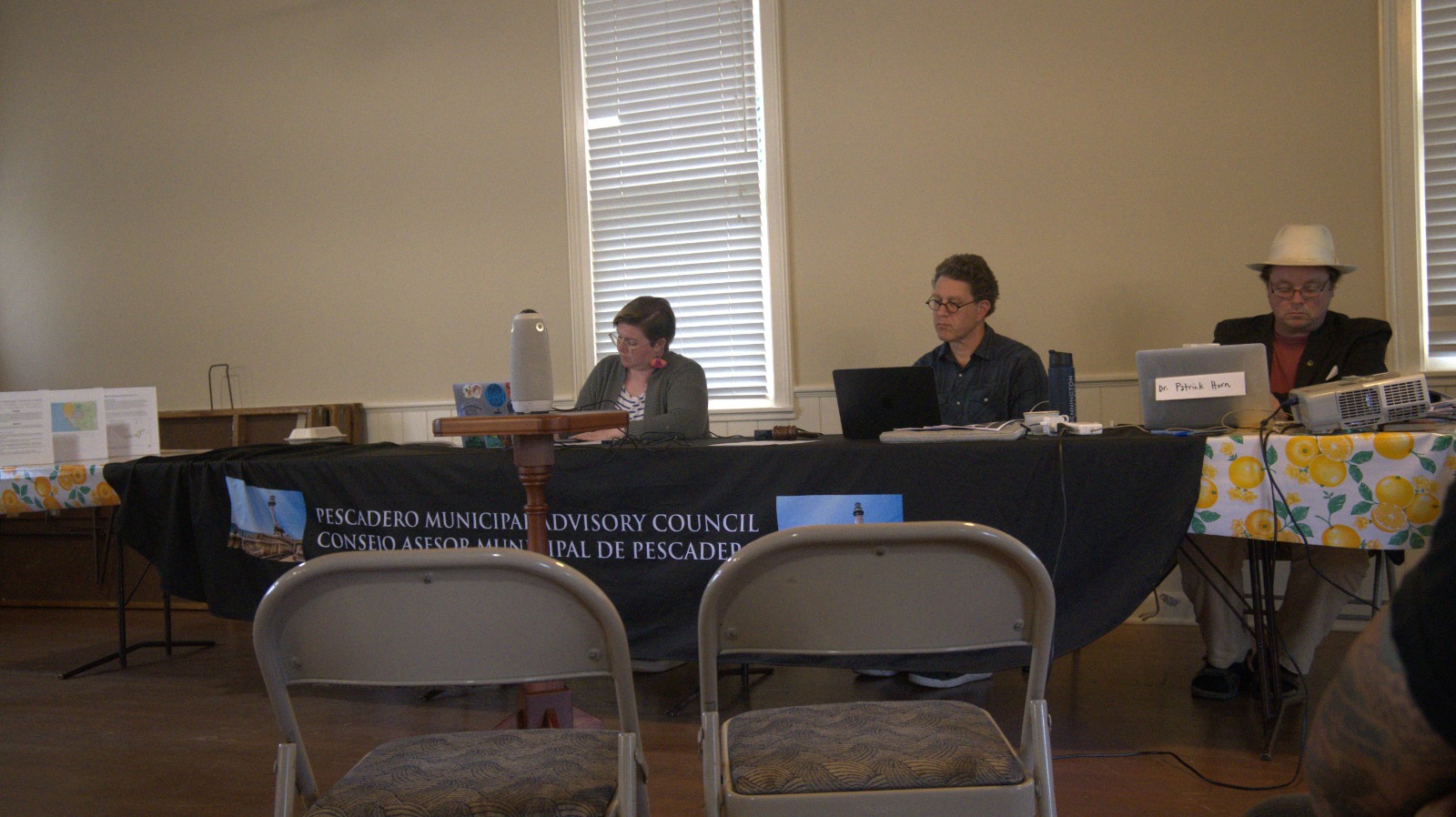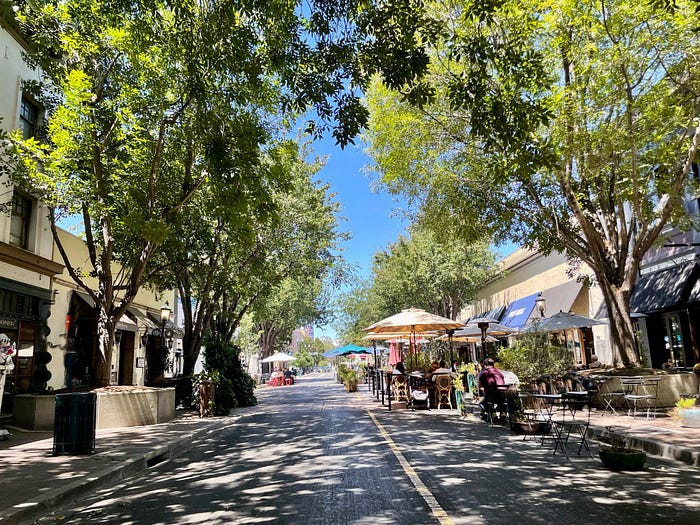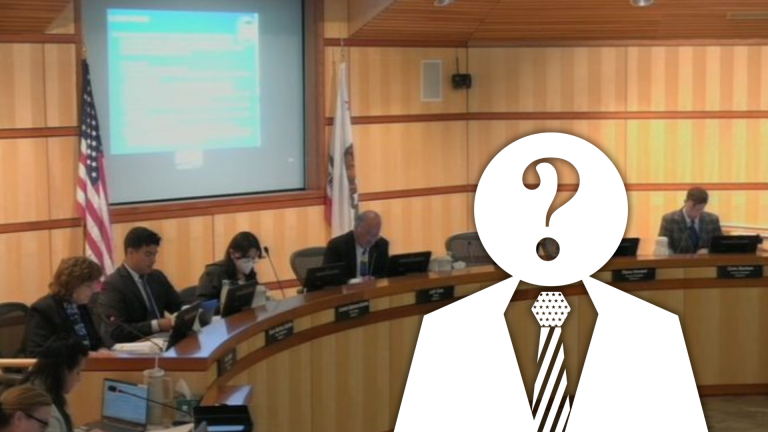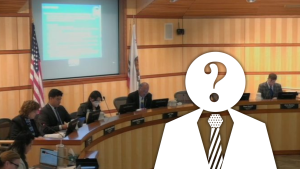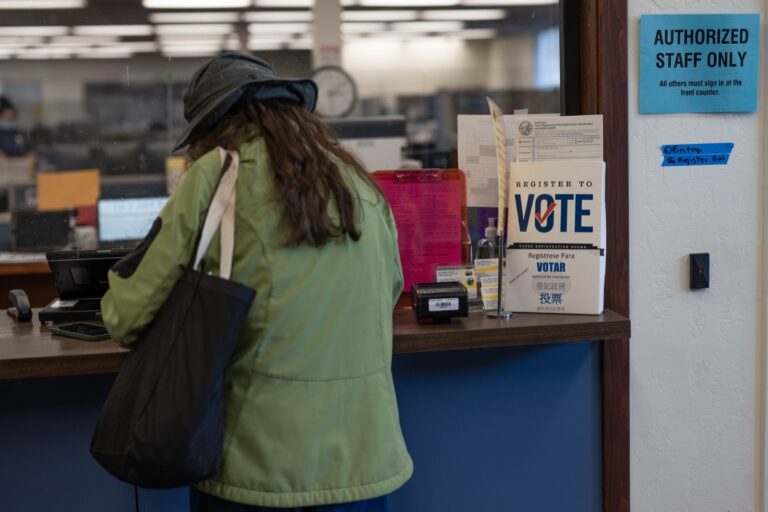
As the 2024 US elections progress, the electoral environment is experienced differently than in other years; with the use of social media and decisive speeches that sow doubts in voters, national political conventions are not enough to provide order and confidence in such an unstable environment.
In the United States, national political conventions are often predictable events whose outcome is determined by preceding primaries, in which party voters choose their candidate and delegates, present their platform or policies, and mobilize their voter base.
But how do they work in years with unusual circumstances? In this year's case, on the one hand, a divided party has been shown to be pushing for an open dispute because it does not agree with the candidate, while the other was held under the shadow of a violent act.
These events may change the electoral process, which has become different from other years and affects citizen participation, generating distrust and fear that will be reflected in the election results.
Conventions used to be held to discuss a candidate's abilities and assess what needed to be worked on, but now it has become a celebration, leaving aside the important issues, said Sherry Bebitch Jeffe, retired professor of Public Policy Communication Practice at the Sol Price School of Public Policy at the University of Southern California, during a briefing held by Ethnic Media Services.
The way elections are carried out has changed as the media and social networks have gained more weight. Previously, the way information was circulated and communicated required more direct contact in this process, something that has been lost and adds to the distrust, as mentioned by the former political analyst for NBC4 Los Angeles.
For his part, Jonathan Diaz, director of Voting Defense and Associations at the Campaign Legal Center, added that since the pandemic, the way of doing politics has changed, since people could not meet in person and many people spent a lot of time on their cell phones, so the importance of having a digital marketing specialist who was capable of carrying out an effective campaign through digital media was seen as a necessity.
The campaigns carried out on social media cannot be fully controlled and a lot of misinformation has generated hatred among voters and these rivalries are experienced between communities, something that was not so evident before, Diaz added.
Bill Schneider, professor emeritus at George Mason University's Schar School of Politics and Government, commented that Donald Trump has generated a discourse in which he claims that if he loses, there would be an act of fraud, and his supporters also claim the same, calling into question the electoral system.
“Trump was once asked if he thought the electoral system in the country was fair and he replied: it is fair if I win, if I win the system is fine,” concluded the professor at the University of California in Los Angeles.
Jonathan Diaz explained that the speech mentioned that Biden has many immigrant supporters, so they will look for illegal means to support him and as a consequence there will be fraud, although this is not true, the speech already calls into question the system.
"There are many messages from Trump's allies to reduce confidence in the elections and create doubts in the minds of society, so that if he loses, he can change the results in his favor," added the electoral law analyst.
In the case of Biden's withdrawal, Diaz believes that it should not modify the preferences of the voters, because even if they are supporters of BidenIt is known that in any event, Kamala Harris would be the one to take her already assigned position as vice president, so it would make no sense for someone else to take that place and the enthusiasm of the voters would not have to be a problem.
However, as Biden withdraws from the race for the presidency of the United States and giving their support to Kamala Harris, many have questioned the stability of the party, the elections, and even the electoral system, generating many questions that will have to be answered in the coming months leading up to an already unusual election.
You may be interested in: Biden leaves the presidential race and nominates Kamala Harris to be the Democratic candidate







 This resource is supported in whole or in part by funding provided by the State of California, administered by the
This resource is supported in whole or in part by funding provided by the State of California, administered by the 

